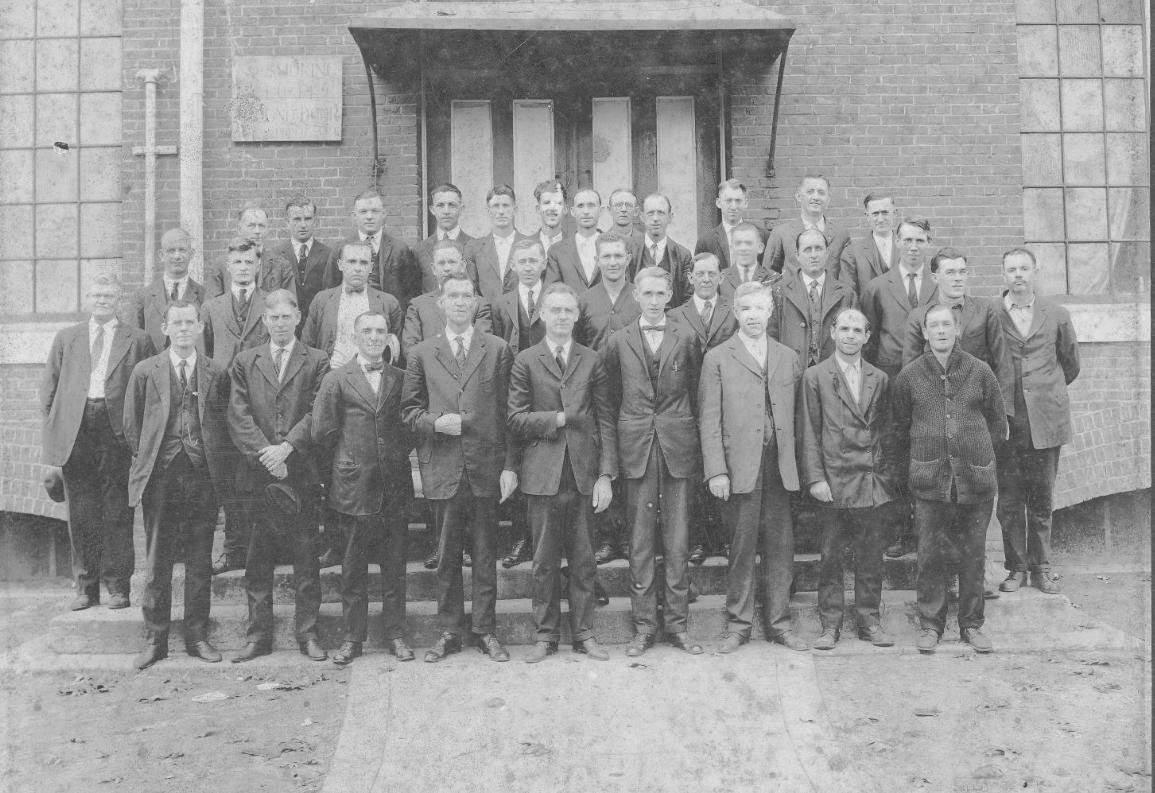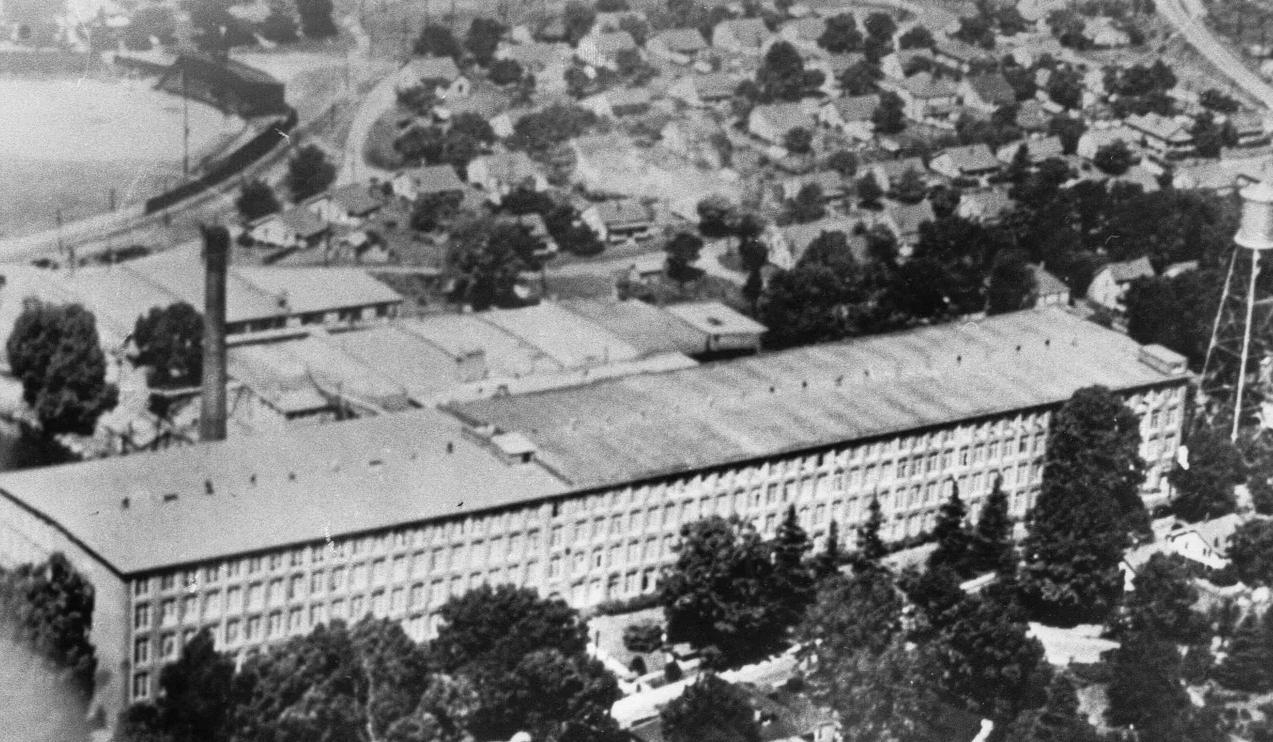
2 minute read
01.2 Brief history
In the 1860s, the Village of West Greenville was known as Stradleyville -a small town center located beyond the edge of a growing Greenville. Early commercial activity began to emerge during this time, but it was not until Brandon Mill opened nearby in 1900, and Woodside Mill in 1902, that the area emerged as the core of a thriving mill community. Most buildings constructed at the intersection of Pendleton and Traction St -Stradleyville’s commercial core, were low in stature with minimal setbacks, creating a pedestrian environment that was easily accessible by the surrounding streets of single-family houses. Like the mills, the buildings along Pendleton St were largely constructed of brick, a design element that continues to shape the area’s feel today.
Stradleyville found success in the early 1900s from its close proximity to the Reedy River, textile mills, and railroads (Wernick & Co, 2021, p. 4). Furthermore, development in the area increased as Brandon Mill witnessed heightened success, drawing over 2,000 residents to the area by 1925 (Wernick & Co, 2021, p. 4). In 1948, West Greenville agreed to annexation by the much larger City of Greenville (Wernick & Co, WLA). However, due to its reliance on the adjacent mill economy, when the textile industry faltered as globalization rose in the 1970s, the area fell on hard times.
Advertisement
Today, the Village has steadily cultivated a reputation as a hub of local arts and retail activity, rebounding from a low point of widespread vacancy and elevated crime. Most significant in the fueling of this resurgence was the opening of ArtBomb Studios in 2001, an adaptive reuse project of the historic Brandon Mill Village Store that began to attract the creatives the area is now known for. Richard Heusel was the investor and developer with ArtBomb, playing an instrumental role in revitalizing the Village with his partner Diane Kilgore, who is still active in the Village today. Overall, the Village encapsulates the grit and hard work of its previous textile industry workers and is distinguished by a resilience to continuously build back over time through periods of economic downturn.
Assisted by the city’s investments in reconfiguring Pendleton as a complete street, as well as social and financial leadership from key stakeholders, such as Ryan Johnston, the commercial core along Pendleton Street has resurged, as well as another industrial building (Poe West), which was reimagined as an innovative office, retail, and culinary incubator. Despite these successes, the current business-owners have struggled and been forced to reinvent themselves into “destination locations,” not adequately supported by a lack of foot traffic from the low-density mill houses abutting them. However, solutions to increasing population, such as Woven, have been opposed by residents, and a rising tide of NIMBYism may block future redevelopment efforts in the Village. Issues such as housing affordability, threats to affordable local retail, gentrification, and development pressure are coalescing in the area presently to oppose further development.







